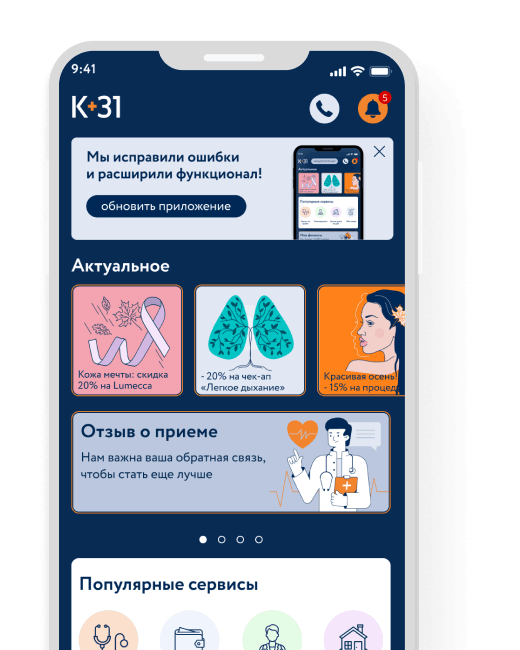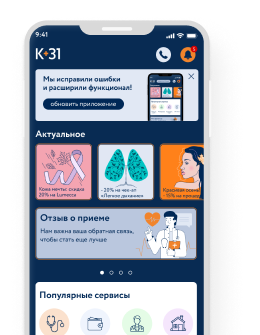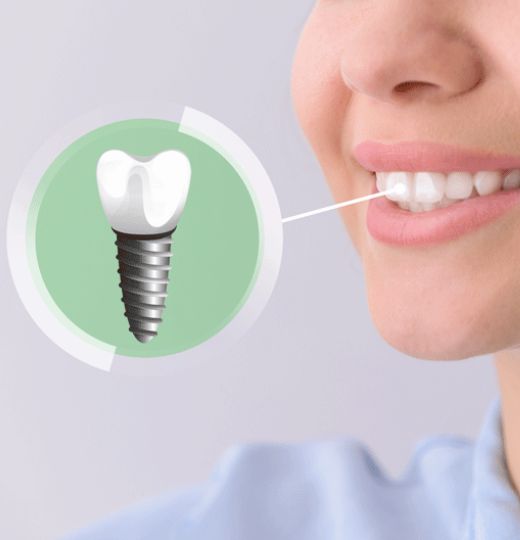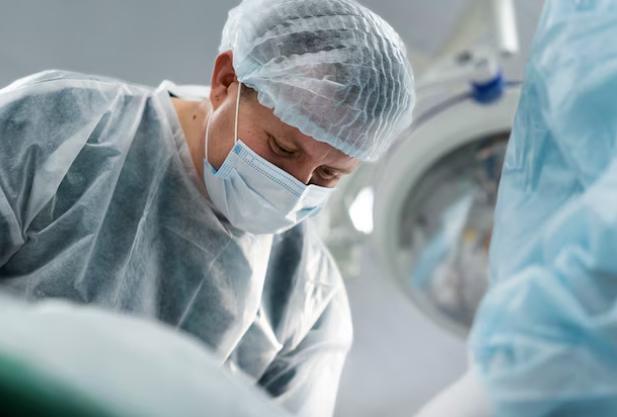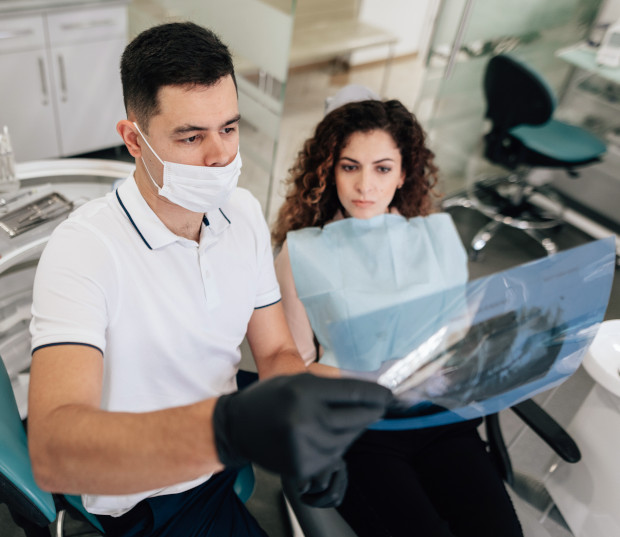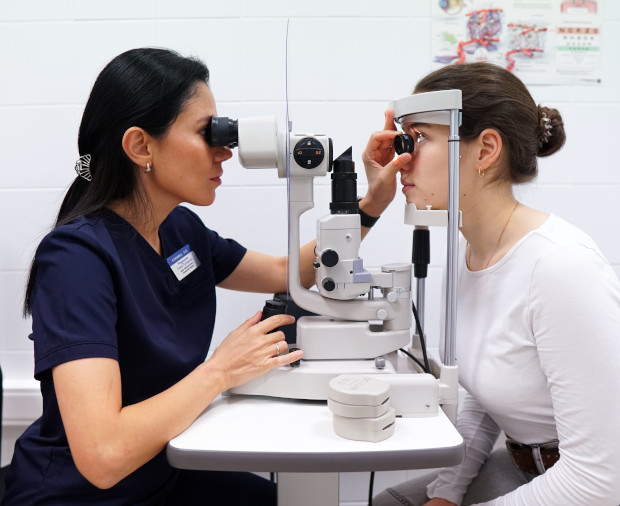Implantation of upper teeth
Implantation of upper teeth is an innovative method of restoring the functions and aesthetic qualities of the dentition. The cost of the procedure depends on the materials used and the amount of work. Dental clinic "K+31" offers implantation of upper teeth at a favorable price in Moscow. We employ highly qualified doctors with many years of experience who perform treatment without pain and discomfort. You can find out prices and sign up for a consultation on our website.

specialists

equipment

treatment
Features of implantation of upper teeth

The main features of upper dental implantation include:
- Bone density. The bone of the upper jaw usually has a lower density compared to the lower jaw, which requires the use of implants with larger threads or additional techniques to ensure its stability
- Location of the maxillary sinuses. Sinus lifting (lifting the bottom of the maxillary sinus) is often necessary to create a sufficient volume of bone tissue for implant placement
- Aesthetics of the smile zone. Particular attention is paid to the color, shape and size of future crowns to achieve a natural appearance
To accurately assess the volume and density of bone tissue, the location of the sinuses and other anatomical structures, the doctor prescribes computed tomography and 3D modeling. To ensure optimal function and aesthetics, he takes into account the angle of inclination and depth of implant placement.
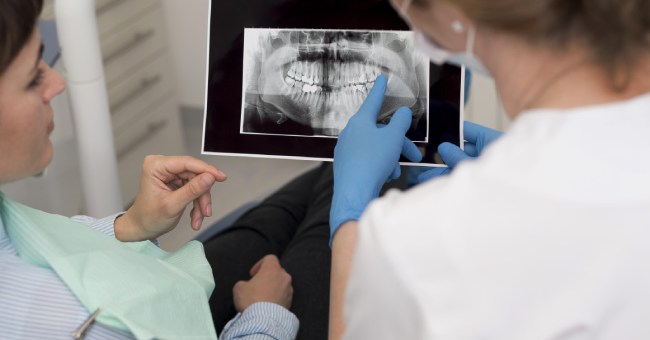
Molars and premolars are subject to significant chewing load, so implants must be strong and stable enough. When implanting upper chewing teeth, structures with a wide diameter and large threads are used to better distribute the load and ensure stability.
Tooth loss and prolonged absence of chewing load often leads to bone tissue atrophy. In such cases, bone grafting is indicated.

When developing a treatment plan, the doctor evaluates the location of the maxillary sinuses and nasal cavities. It is possible to perform procedures to increase the volume of bone tissue.
All-on-4 implantation (all-on-four)
All-on-4 prosthetic technology involves the use of four implants to support the full dental arch. Two front implants are installed vertically, two back ones - at an angle for maximum stabilization.
The advantages of the technique include:
- Minimally invasive
- Short treatment period
- Reduced need for bone grafting
- Lower cost compared to installing a large number of implants
- Long service life - up to 10 years
Among the disadvantages, doctors highlight the limited possibility of installation in elderly patients with osteomyelitis and low quality bone tissue.

All-on-6 implantation
During prosthetics, six implants are used to support the dental arch. It provides additional stability and load distribution.
The disadvantages of the method include the impossibility of performing it on patients with a loose bone structure and low density. The procedure is also contraindicated in diabetes mellitus, diseases of the heart, lungs and blood.
Zygomatic implantation
Installation of zygomatic implants is carried out with significant atrophy of the bone tissue of the upper jaw. The technique is considered an alternative to bone grafting and sinus lifting. Zygomatic implants are more than 50 mm long and are fixed in the zygomatic bone, providing high stability and reliability.
Among the advantages of zygomatic implantation:
- High percentage of successful osseointegrations
- Long-term stability of implants
- Reduction in overall treatment time
- Minimal number of surgical interventions
The disadvantages of the method include the risk of infection, bleeding and complications associated with anesthesia. If the procedure is performed correctly, the risk of implant rejection is minimized.
Types of implantation
Classic (two-stage)
Two-stage implantation involves two separate surgical interventions: first, an implant is installed, which is left for several months for healing and osseointegration. Then an abutment and crown are installed.
Advantages of the method:
- High level of successful osseointegration due to the absence of immediate loading
- Suitable for complex cases with insufficient volume and quality of bone tissue
- Possibility of additional procedures to increase bone tissue between stages
The disadvantages of the method include a longer overall treatment time, the need for two surgical interventions, a long waiting period between implant installation and crown installation.
One-stage
One-stage implantation involves the placement of an implant and a temporary crown or abutment during a single surgical procedure. This method is also known as immediate loading implantation.
Among the advantages of the procedure:
- The ability to restore a damaged tooth in one day
- Minimal tissue trauma
- Long service life of implants
The technique is not always suitable for patients with insufficient bone volume or quality. Due to immediate loading, there is a high probability of implant rejection.
General information about the procedure
Answers to popular questions
Is it possible to implant upper teeth in people under 18?
Do everyone get the same implants or are there several types of designs?
How long does it take to get used to dental implants?
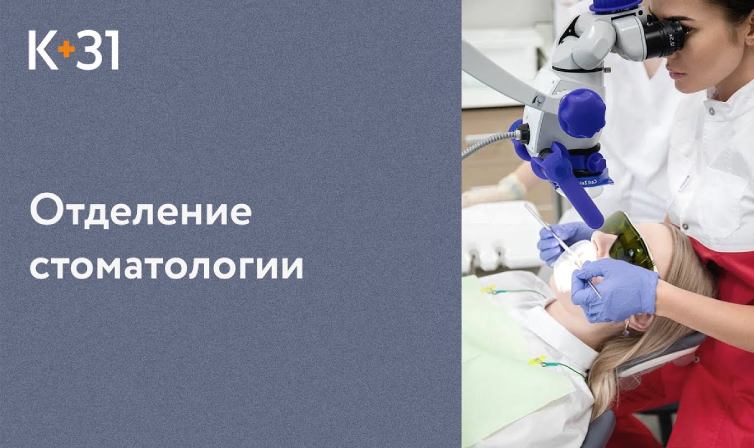
Modern methods of diagnostics and dental treatment at "K+31"

This award is given to clinics with the highest ratings according to user ratings, a large number of requests from this site, and in the absence of critical violations.

This award is given to clinics with the highest ratings according to user ratings. It means that the place is known, loved, and definitely worth visiting.

The ProDoctors portal collected 500 thousand reviews, compiled a rating of doctors based on them and awarded the best. We are proud that our doctors are among those awarded.
Make an appointment at a convenient time on the nearest date
Price
Other Services

